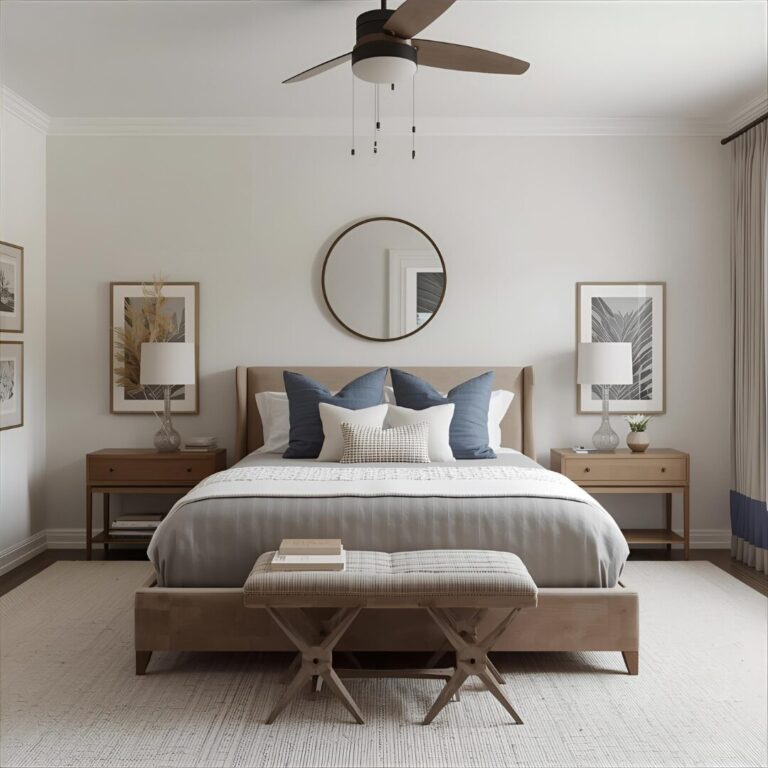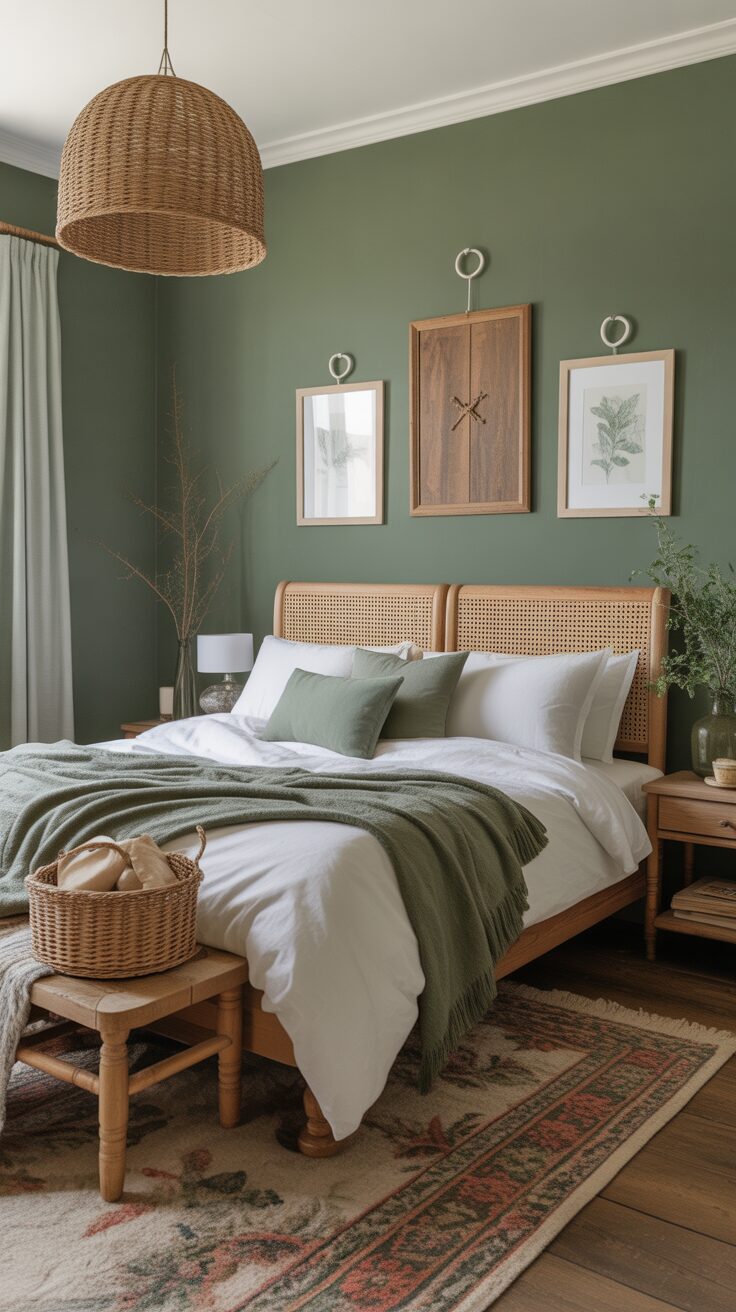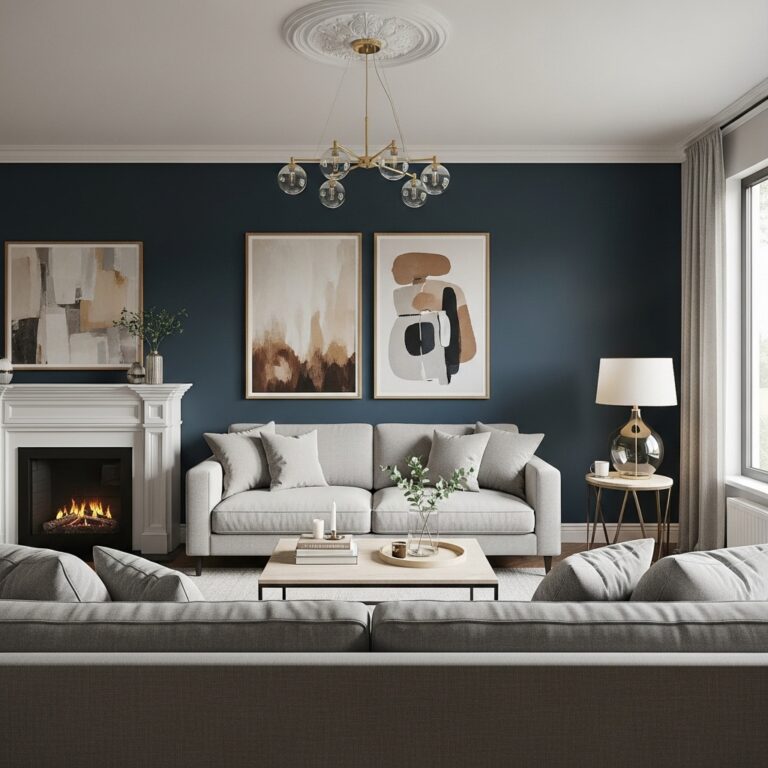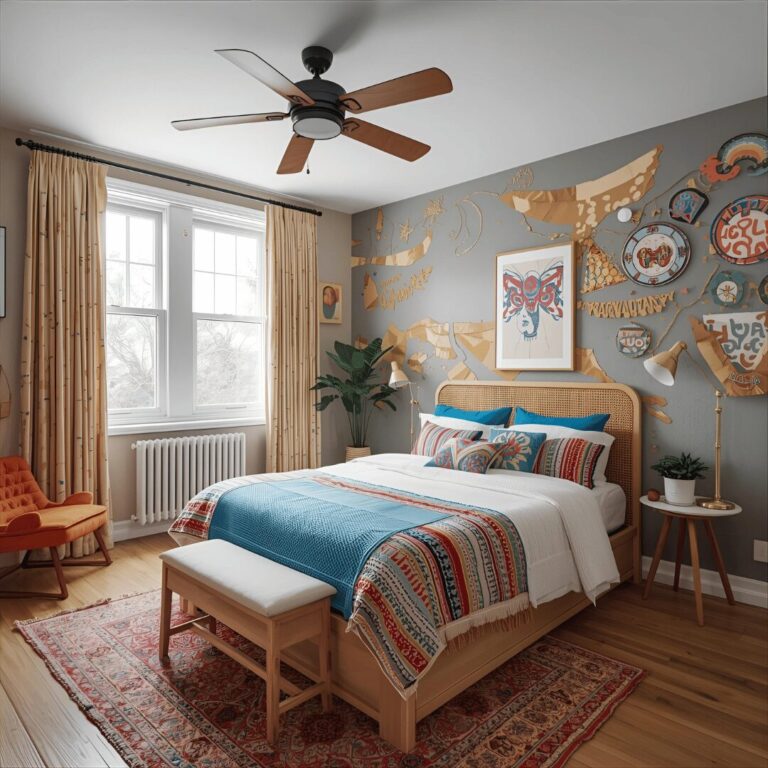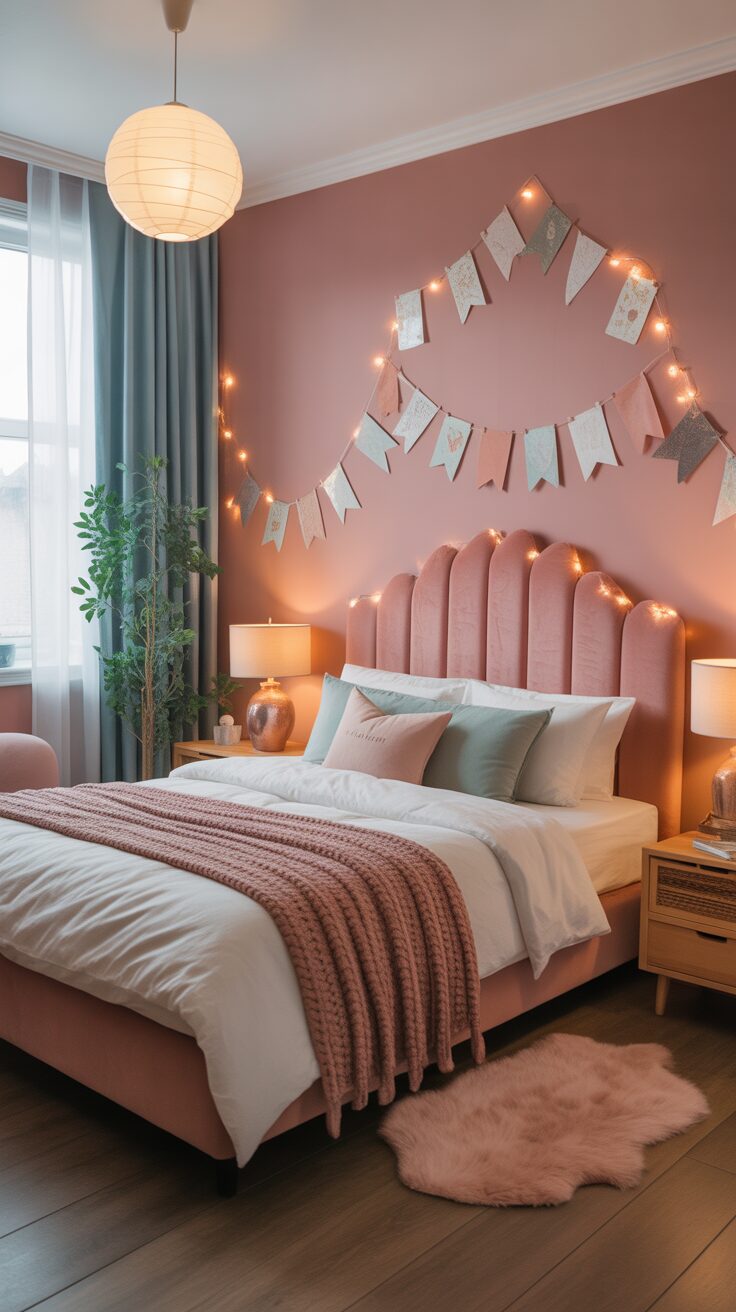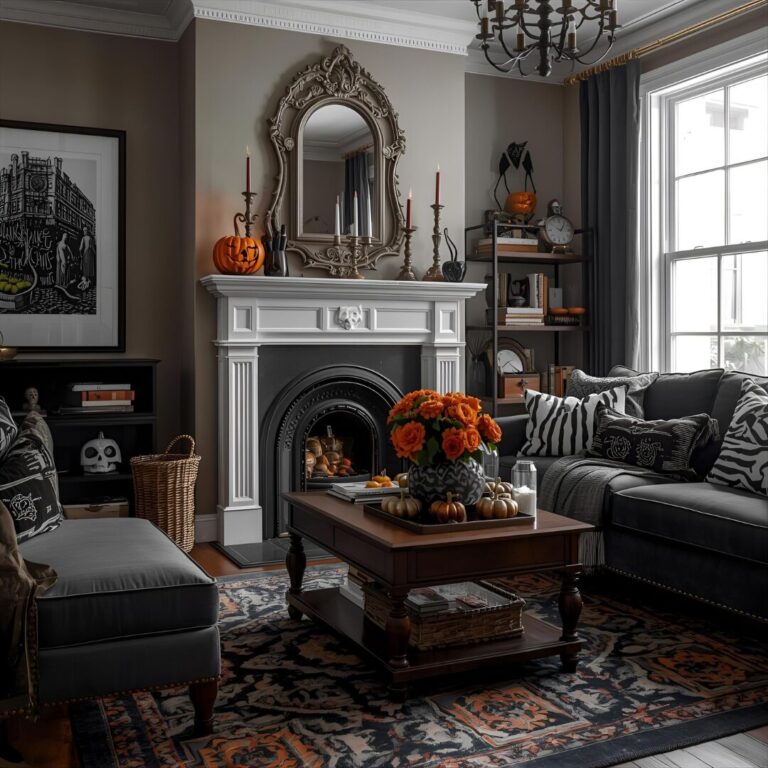11 Serene Minimalist Bedroom Ideas That Promote Restful Sleep
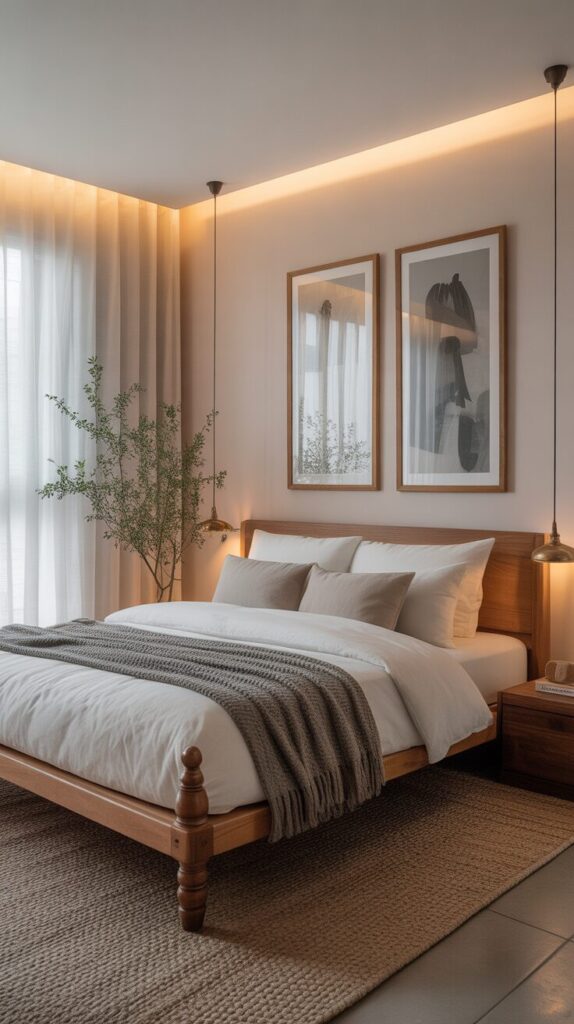
Minimalist bedroom design embraces the powerful philosophy that less truly is more, creating peaceful sanctuaries free from visual clutter and unnecessary distractions that disrupt rest and relaxation. These intentionally simplified spaces focus on quality over quantity, featuring carefully curated furnishings, neutral color palettes, and clean lines that promote mental clarity and restful sleep every night. By removing excess decorations, limiting furniture to essentials, and maintaining strict organization, minimalist bedrooms become tranquil retreats from our overstimulated, chaotic modern world that constantly demands attention. The beauty of minimalism lies not in stark emptiness or cold austerity, but in thoughtful curation where every item serves a purpose or brings genuine joy without competing for attention. These serene spaces prove that simplicity creates calm, that negative space provides breathing room for the mind, and that intentional design choices promote better sleep quality and overall wellbeing. Discover eleven serene minimalist bedroom ideas that will inspire you to simplify your sleeping space and create the peaceful sanctuary you deserve at the end of each day.
1. All-White Sanctuary
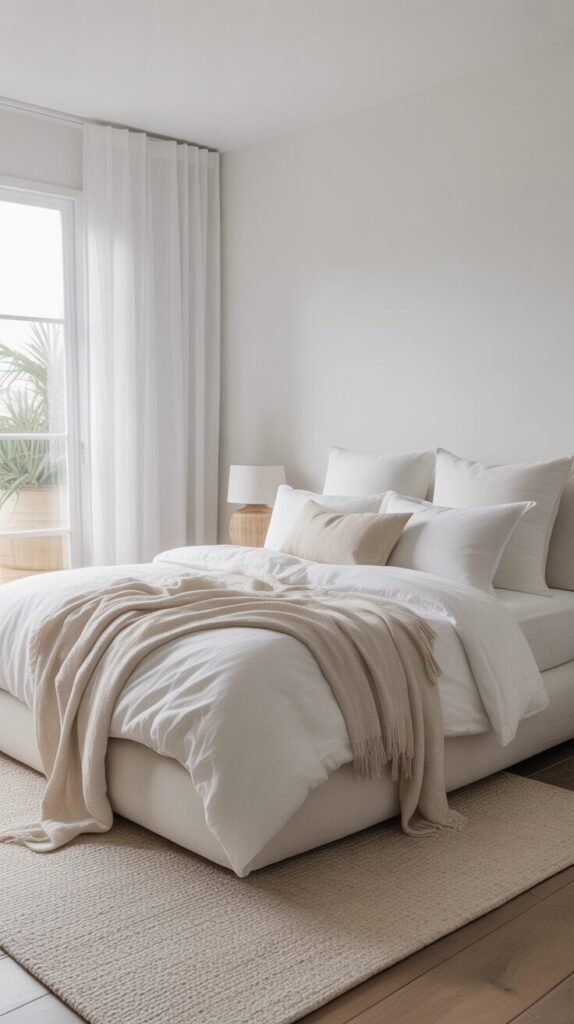
Create ultimate serenity by designing your bedroom in various shades of white and cream, eliminating color completely to achieve a pure, calming environment that feels spa-like. Use white walls, white bedding with subtle texture variations, white furniture, and white window treatments, allowing natural light to reflect throughout the space creating brightness and openness. The monochromatic white palette eliminates visual stimulation, promotes relaxation, and makes even small bedrooms feel significantly larger and airier than they actually are in reality. Add dimension through varying textures rather than colors—linen bedding, wool throw blankets, cotton curtains, and natural wood accents in light tones that maintain the overall white aesthetic. This serene approach creates the ultimate minimalist bedroom that feels fresh, clean, and infinitely peaceful, perfect for promoting restful sleep and morning calm that sets positive tones.
2. Natural Wood and Neutral Tones
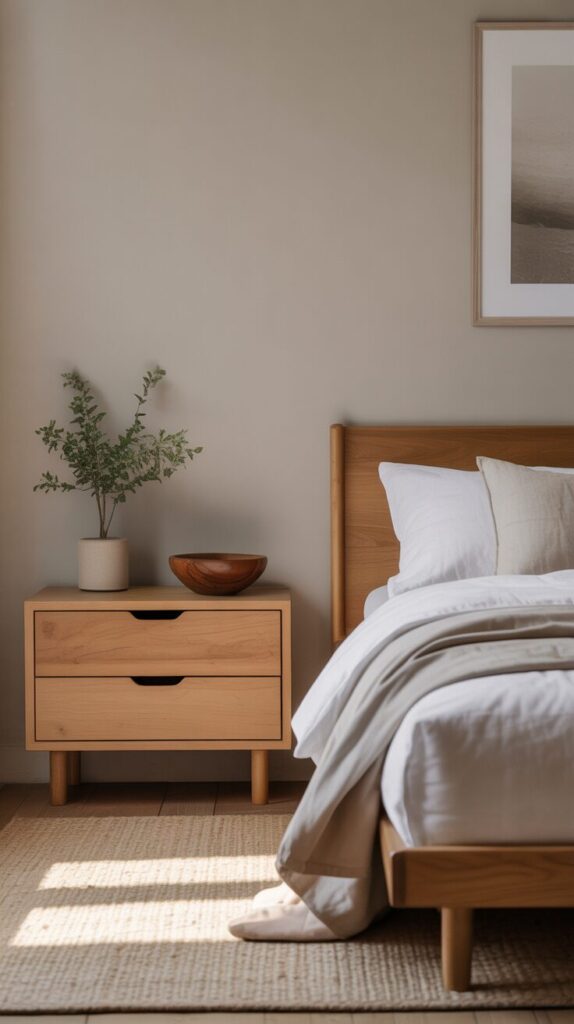
Combine warm natural wood furniture with soft neutral walls and textiles, creating a minimalist space that feels organic, grounded, and connected to nature rather than cold or sterile. Choose furniture in light oak, maple, or birch with visible grain that adds visual interest and warmth without introducing color or pattern that disrupts the calm aesthetic. Keep walls in warm neutrals like beige, taupe, or soft gray that complement the wood tones while maintaining the serene, simplified atmosphere that defines successful minimalist design. Limit decorations to a single plant, one piece of simple artwork, or a beautiful wooden bowl on the nightstand, resisting the urge to add unnecessary accessories. This approach creates cozy minimalism that feels inviting and livable rather than cold or unwelcoming, perfect for those seeking simplicity with warmth and natural beauty consistently.
3. Low Platform Bed with Minimal Frame
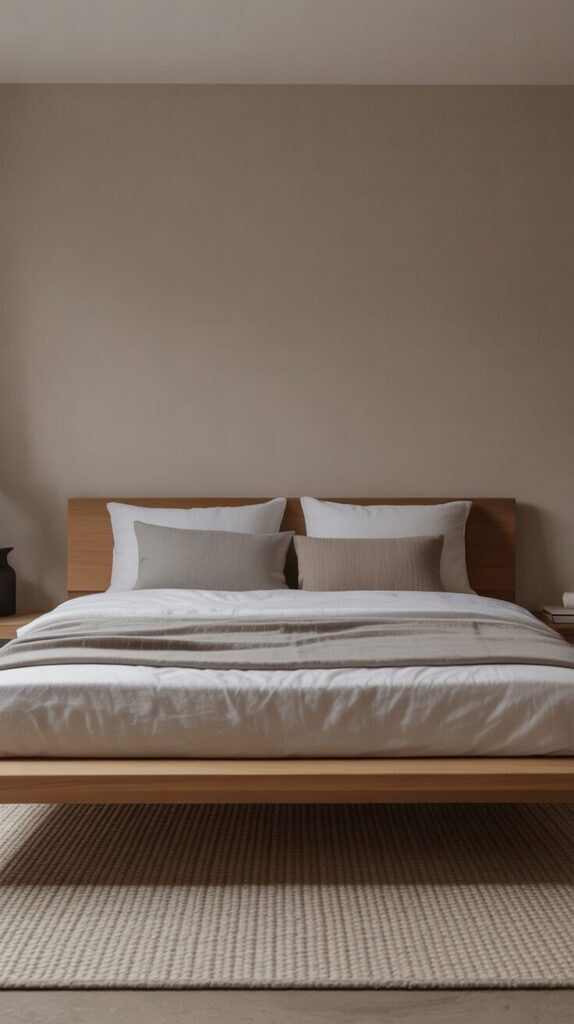
Choose a low platform bed that sits close to the ground, creating horizontal lines that make ceilings appear higher while emphasizing the minimalist aesthetic through its simplicity. Select a bed frame with clean lines, no headboard or a very simple one, and minimal visible structure that allows the mattress to become the focal point. The low profile creates a zen-like quality reminiscent of Japanese design principles, promoting calm through its connection to the ground and elimination of unnecessary height or bulk. Keep bedding simple with solid colors or subtle textures, avoiding decorative pillows, bed skirts, or excessive layering that contradicts the minimalist philosophy you’re trying to achieve. This streamlined approach to the bed—the bedroom’s largest furniture piece—sets the tone for the entire space, establishing minimalist intentions through its purposeful simplicity and restraint.
4. Hidden Storage Solutions
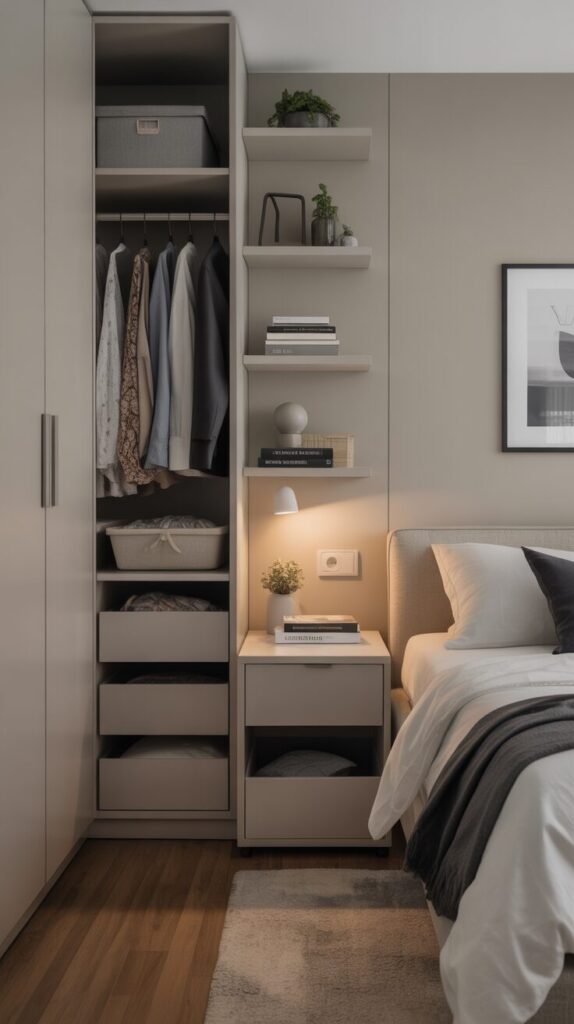
Maintain visual calm by incorporating hidden storage that keeps belongings out of sight, ensuring surfaces remain clear and the space feels uncluttered despite storing everything necessary. Choose beds with built-in drawers underneath, nightstands with closed cabinets rather than open shelving, and wardrobes with doors that conceal contents completely and effectively throughout daily use. Install floating shelves with concealed brackets in the closet, use storage boxes that slide under furniture, and maximize closet organization so everything has a designated hidden place. The goal is surfaces completely free from visible items—no books stacked on nightstands, no jewelry scattered on dressers, no clothing piled on chairs anywhere in sight. Hidden storage allows you to maintain minimalist aesthetics while actually living in the space, proving that minimalism isn’t about owning nothing but about intentional organization and thoughtful concealment.
5. Monochromatic Gray Palette
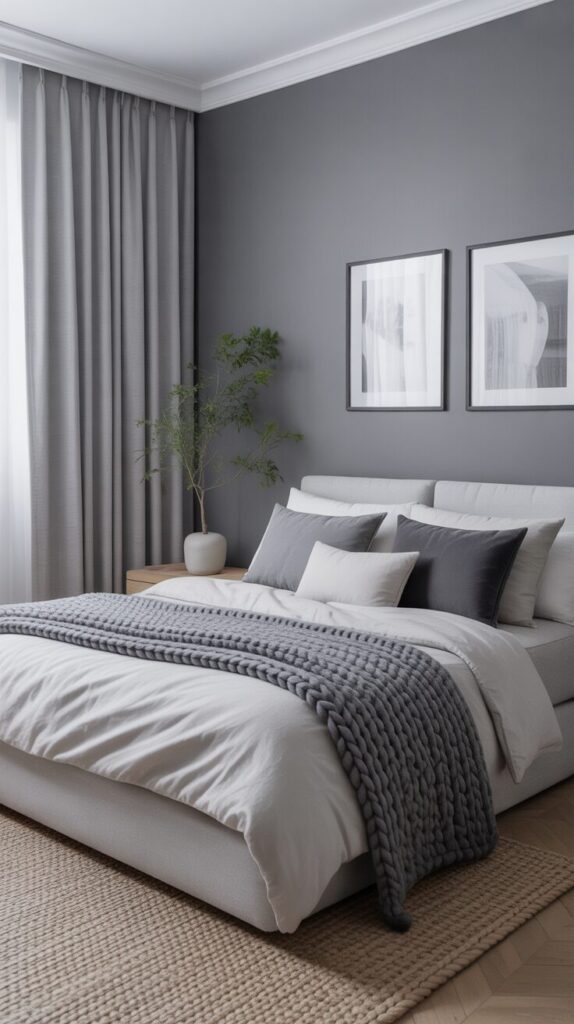
Create sophisticated serenity using various shades of gray from light to charcoal, building a monochromatic scheme that’s calming without being completely colorless like all-white rooms. Layer different gray tones through walls, bedding, furniture, and textiles, creating subtle depth and dimension while maintaining the cohesive, unified appearance that minimalism demands throughout every element. Gray naturally promotes relaxation, doesn’t show dirt as readily as white, and creates a modern, sophisticated atmosphere that feels current and timeless simultaneously in design aesthetics. Add texture through fabrics like chunky knit throws, linen curtains, and velvet pillows in varying gray shades that create visual interest without introducing color or pattern. This monochromatic approach offers flexibility to add small pops of color through artwork or plants if desired, while the gray foundation maintains the serene, minimalist base throughout.
6. Single Statement Light Fixture
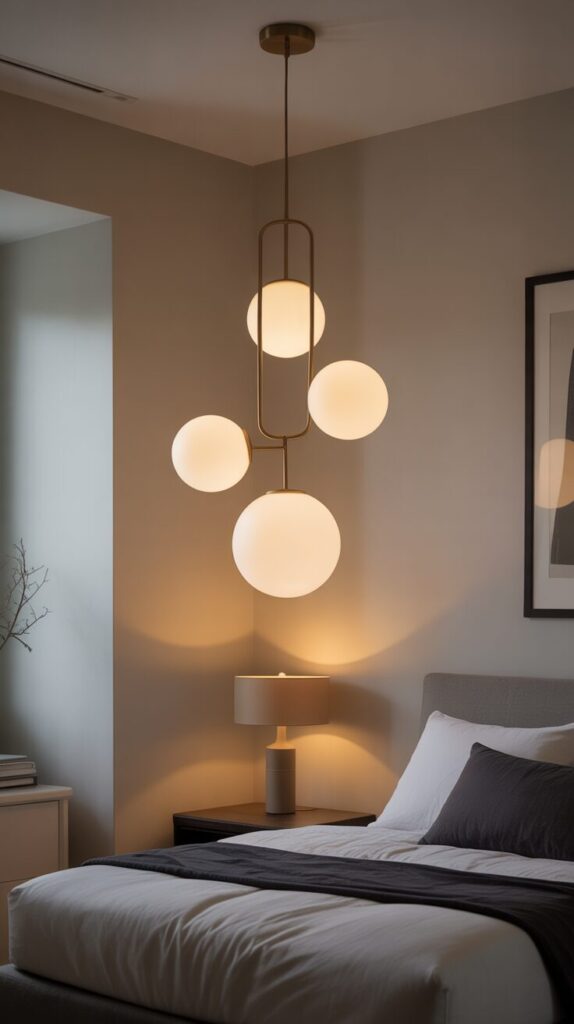
Replace multiple light sources with one beautiful, sculptural pendant or chandelier that serves as the room’s only decorative element while providing functional illumination throughout the space. Choose a statement fixture with clean lines and interesting form—perhaps a modern globe pendant, minimalist chandelier, or geometric design that draws the eye without overwhelming the simple aesthetic. This singular focus prevents visual clutter from multiple lamps, eliminates the need for nightstand space occupied by table lamps, and creates a striking focal point in an otherwise minimal room. Install dimmer switches for adjustable lighting that accommodates different moods and times of day, providing bright light when needed and soft ambiance for evening relaxation and winding down. The single statement fixture approach embodies minimalist philosophy—one beautiful, functional piece replacing multiple lesser items, proving that quality and thoughtful selection trump quantity every single time.
7. Floor-to-Ceiling Curtains in Soft Neutrals
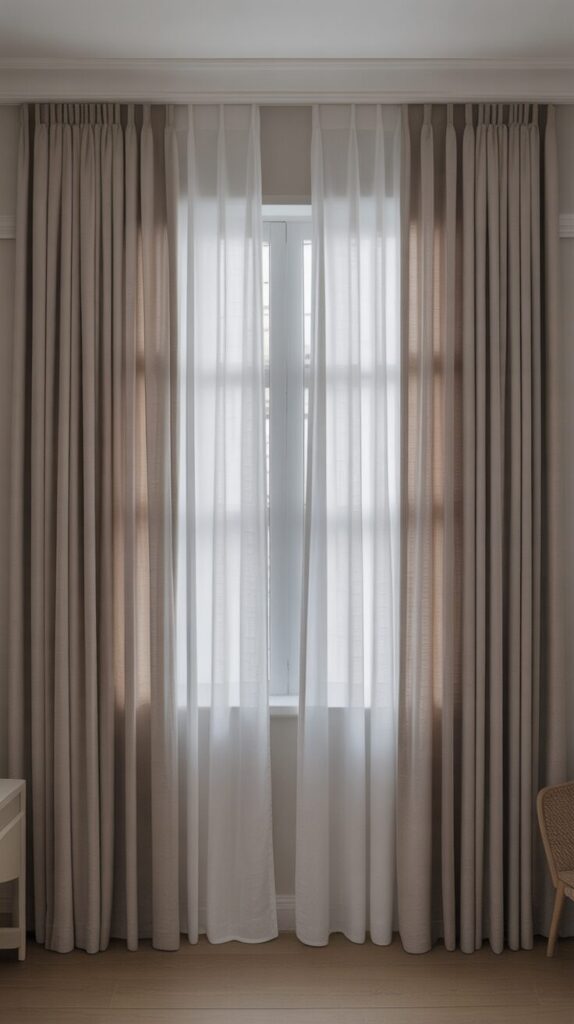
Frame windows with simple floor-to-ceiling curtains in soft neutral tones, creating elegant vertical lines that make ceilings appear higher while maintaining the minimalist color scheme throughout. Choose lightweight linen or cotton in white, cream, beige, or soft gray that filters natural light gently without completely blocking it during daytime hours when light is beneficial. Install curtain rods at ceiling height rather than just above the window frame, allowing the curtains to extend fully to the floor for maximum visual height and elegance. Avoid patterns, embellishments, or decorative tie-backs that add unnecessary visual complexity, instead letting the simple, flowing fabric create softness and movement within the structured minimalist space. The floor-to-ceiling curtains add softness to potentially stark minimalist rooms while maintaining the clean aesthetic and providing essential privacy and light control for quality sleep nightly.
8. Negative Space as Design Element
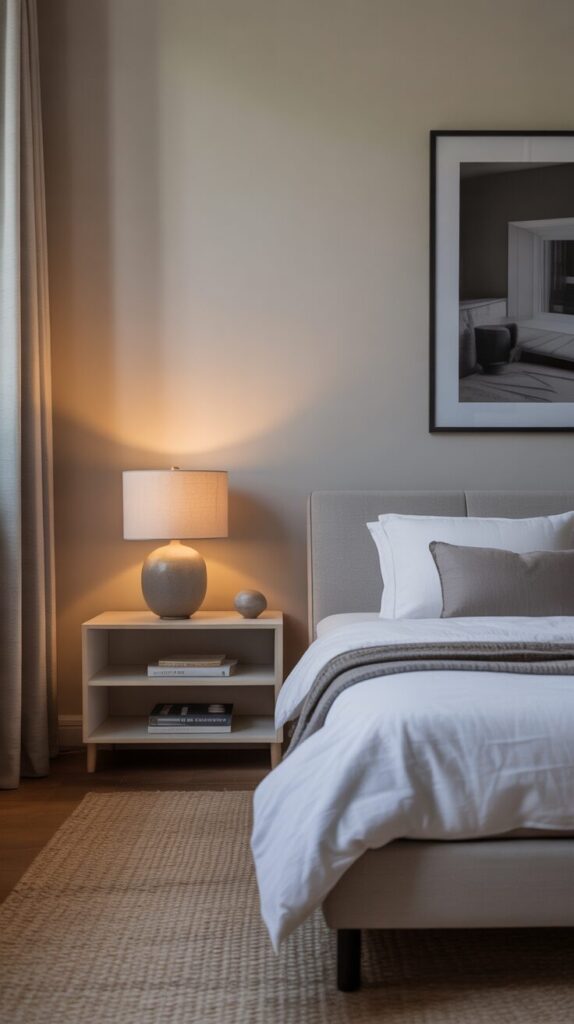
Embrace empty space intentionally, recognizing that blank walls and clear surfaces are design features rather than areas requiring filling with decorations or furniture throughout your bedroom. Leave at least one wall completely bare, maintain nightstands with only a lamp and perhaps one book, and resist the urge to add artwork, photos, or accessories everywhere. The negative space allows your mind to rest, reduces visual stimulation that can prevent relaxation, and creates a sense of spaciousness and freedom that filled rooms never achieve. Position furniture with space between pieces rather than pushing everything against walls, allowing negative space to flow throughout the room creating breathing room literally and figuratively speaking. This intentional emptiness requires restraint and confidence but delivers the most authentic minimalist aesthetic where simplicity and calm reign supreme through purposeful absence rather than decorative presence.
9. Japanese-Inspired Zen Design
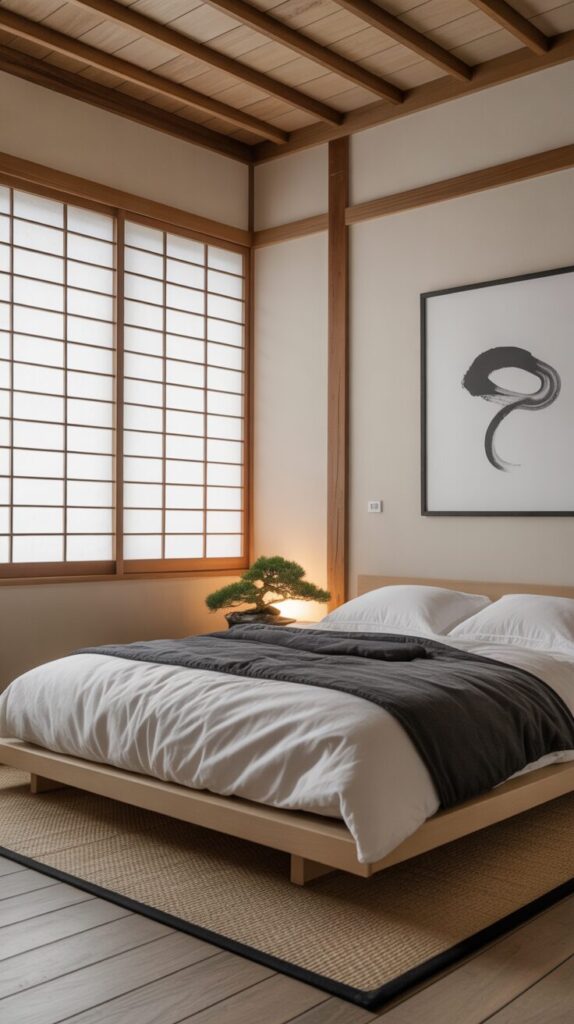
Incorporate Japanese design principles including low furniture, natural materials, neutral colors, and extreme simplicity that creates zen-like tranquility perfect for restful sleep and morning meditation. Choose a low platform bed or even a futon on a simple frame, add shoji screens or rice paper window treatments, and include minimal decoration—perhaps one bonsai or simple vase. Keep colors limited to natural tones like white, beige, black, and natural wood, avoiding bright colors or busy patterns that disrupt the calm, meditative atmosphere that defines this aesthetic. Include one carefully chosen piece of simple artwork—perhaps a single brushstroke painting or nature photograph—rather than gallery walls or multiple decorative items competing for attention unnecessarily. This Japanese-inspired minimalism creates the most serene bedroom possible, promoting mindfulness, calm, and deep rest through its commitment to simplicity and connection with natural beauty and elements.
10. Textural Minimalism
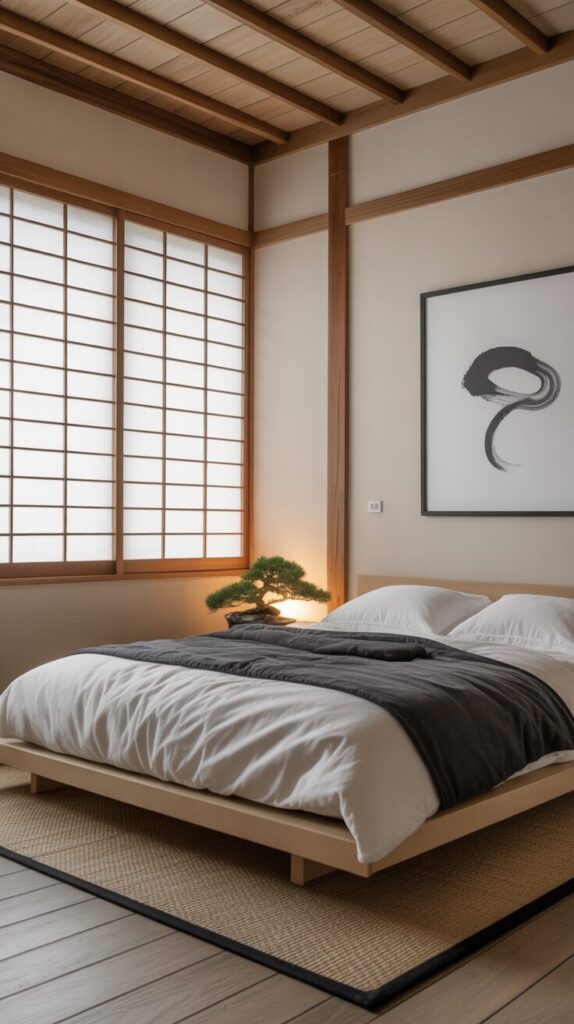
Create visual interest within a neutral palette by layering multiple textures rather than colors, proving minimalism doesn’t mean boring or one-dimensional design when executed thoughtfully. Combine linen bedding with a chunky knit throw, add a jute or sisal rug, include wooden furniture with visible grain, and hang woven baskets for subtle wall interest. The varying textures create depth and prevent the monochromatic color scheme from appearing flat while maintaining the calm, cohesive aesthetic that characterizes successful minimalist design principles. Choose textures from nature—wool, linen, cotton, jute, wood—that feel organic and grounding rather than synthetic materials that introduce a cold, industrial feeling to your sleeping space. This textural approach allows you to create a rich, layered minimalist bedroom that feels cozy and inviting while maintaining the simplified color palette and clean lines essential to the style.
11. Essential Furniture Only
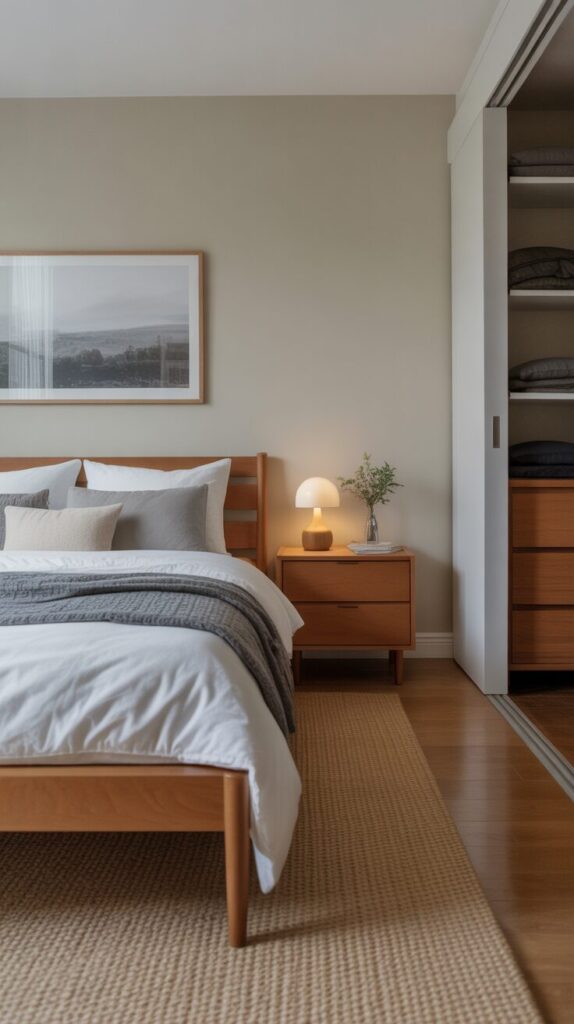
Limit your bedroom to absolute essentials—bed, nightstand, perhaps one chair or small bench—eliminating every piece of furniture that doesn’t serve a clear, necessary function in daily life. Remove dressers if your closet provides adequate storage, eliminate unnecessary seating, skip the decorative bench at the foot of the bed, and question every furniture piece’s purpose honestly. This ruthless editing creates maximum open floor space, makes the room feel significantly larger, reduces cleaning and maintenance demands, and forces you to be intentional about possessions. The minimal furniture approach prevents the bedroom from becoming a catch-all storage room, maintains its singular purpose as a sleep sanctuary, and promotes the mental clarity that comes from simplified surroundings. Start with just the bed and one nightstand, then add additional furniture only if absolutely necessary, rather than furnishing fully and removing items—this approach ensures you maintain true minimalism.
Conclusion
These eleven serene minimalist bedroom ideas demonstrate that simplicity, intentionality, and restraint create the most peaceful sleeping environments that promote rest, relaxation, and mental clarity consistently. The minimalist approach to bedroom design isn’t about deprivation or living with nothing, but about thoughtful curation where every item serves a purpose, brings joy, and contributes to the overall sense of calm. When creating your minimalist bedroom, start by removing everything from the room, then thoughtfully add back only items that are truly necessary or deeply meaningful, questioning each potential addition’s purpose. Remember that minimalism is personal and should be adapted to your needs—what’s essential for one person may be unnecessary for another, so honor your unique requirements while maintaining simplified aesthetics. Whether you choose all-white serenity, natural wood warmth, Japanese zen principles, or textured neutral layers, commit to the core minimalist values of simplicity, quality, and intentionality that create the peaceful bedroom sanctuary you deserve. Your bedroom should be a refuge from life’s chaos, a place where visual clutter doesn’t compete for your attention, and where you can truly rest, recharge, and wake refreshed each morning.

